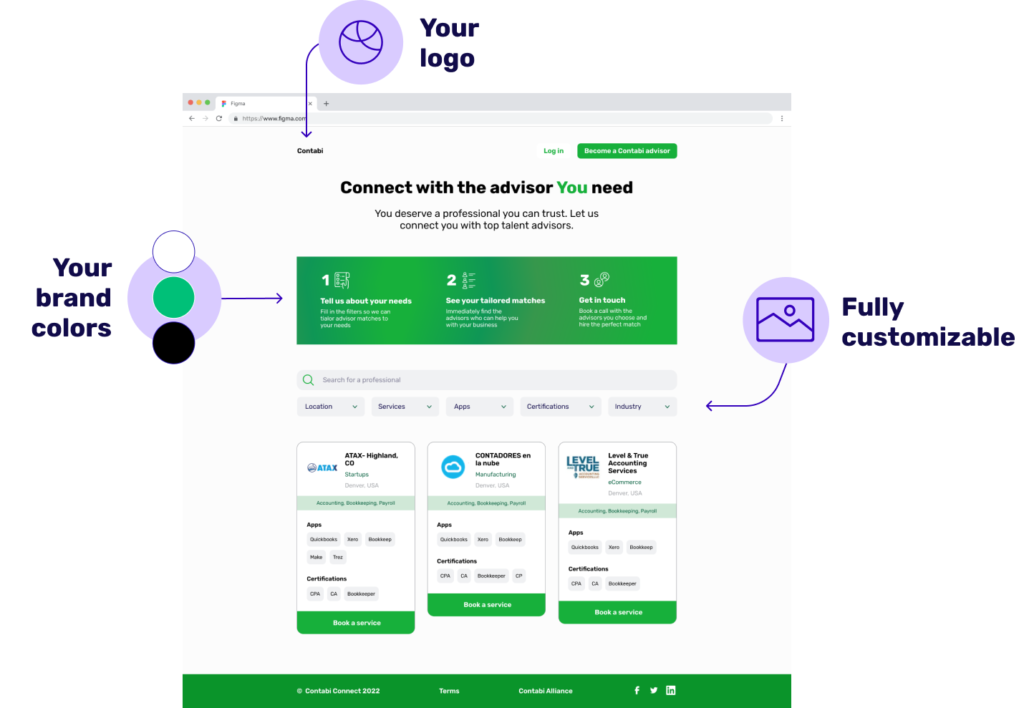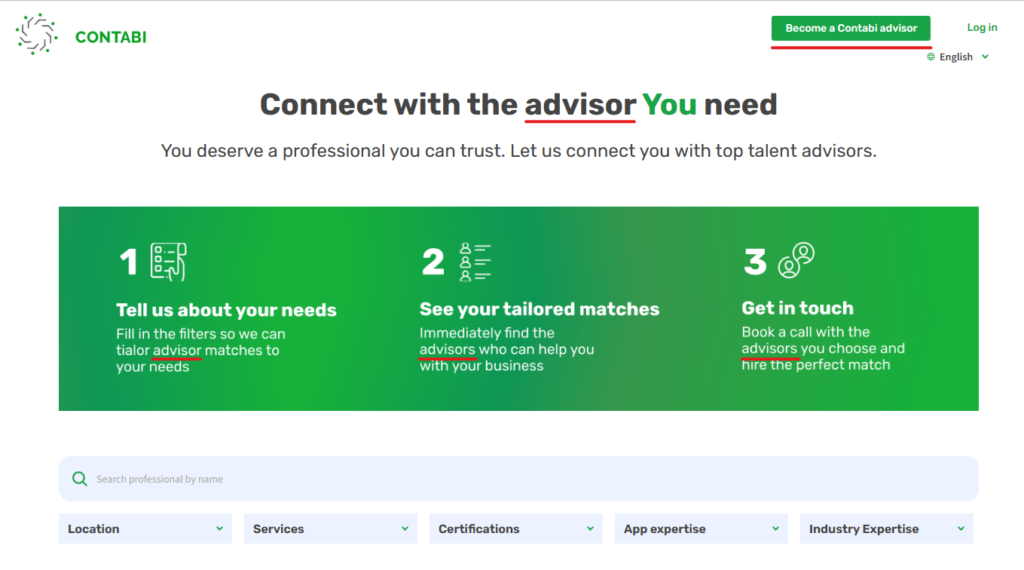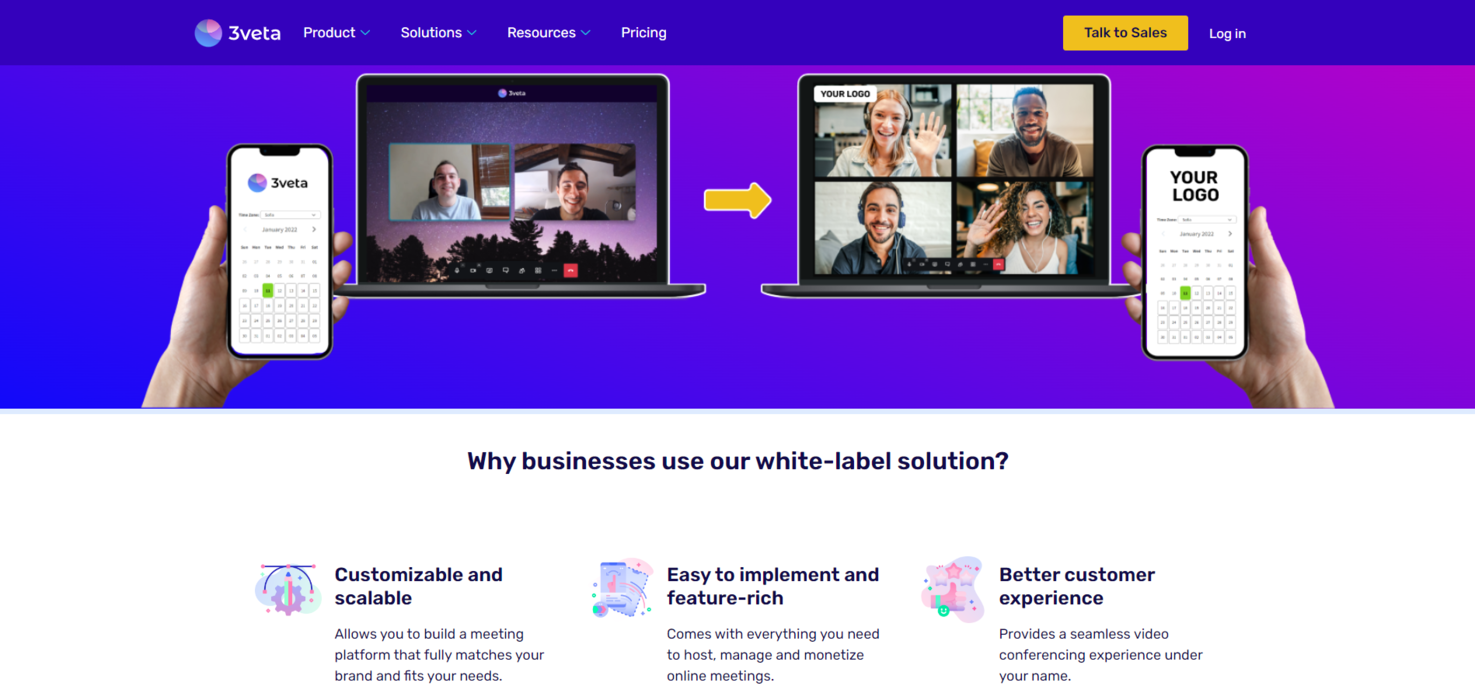Marketplaces have become the most popular sales channels for both B2B, B2C, and P2P deals. However, the digital world does not favor those who pay little attention to their branding.
Marketplace branding plays an important role in helping the company stand out among its competitors and defines how the products or services are perceived by the public.
A well-branded marketplace in combination with a well-targeted audience equals a more successful business.
The term is often associated with the departments of marketing and advertising, so, if your expertise lies elsewhere, you may be wondering what is branding and why you should pay attention to it.
In this article, we aim to answer those questions and bring forward a few tips that will help you along the way.
Table of contents
What is marketplace branding?
Simply put, marketplace branding is the process of creating a brand identity in the mind of your target customers.
For many people, the definition of ‘branding’ remains unclear as it is oftentimes referring to multiple aspects of a company.
Some people use it regarding the products, while others focus on the company as a whole. Some believe it is just a visual representation, others think that it encompasses the values and goals altogether.

Contabi uses 3veta’s white-label marketplace builder to inspire trust and credibility while increasing sales and loyalty.
The best way to approach it is to accept that your branding is what your customers see. So, no matter whether you’re business is based on a marketplace or a platform, you need to present it as efficiently as possible according to your business needs and goals.
The Branding Journal further elaborates:
It is a strategy designed by organizations to help people to quickly identify and experience their brand, and give them a reason to choose their products over the competition’s, by clarifying what this particular brand is and is not.
However, when it comes to services marketplace branding, the way you communicate with customers is also important.
For instance, the tone of voice you use would differ if you are offering consulting services to business professionals or dog training sessions to puppy owners.
It’s also important to how niche your marketplace is.
Let’s say you offer tutoring lessons; your branding will depend on whether you’re targeting small children in kindergarten or students in middle/high school/higher education.
Why you should pay attention to your brand strategy?
To answer this question, first, we ought to explain what is product positioning, in this case – expert marketplace positioning.
Product positioning is the process used to determine how to best communicate product attributes to the target customers based on customer needs, competitor products, and how the company wants its products to be perceived by the customers.
By doing so, you make sure that your target audience understands what you are offering and that your offers are compelling to them.
In addition to a proper product positioning, you should ensure that your brand in fact delivers what is promised. A mismatch between the company’s mission and offerings will make you seem untrustworthy.
If you build your marketplace brand consciously and with attention paid to details, your business will benefit from:
- Increased sales
- Customer loyalty and recognition
- Establishing a clear purpose for all employees
- Attracting top-tier candidates for vacancies
- Differentiating your brand from the competitors
How can you define your marketplace branding?
Every service marketplace platform goes through a different process when it comes to forming a brand strategy, depending on the business model.
Even so, there are a few universal steps that Stephen Houraghan, a brand specialist, has found very efficient.
Develop your internal brand
Clarify your brand purpose, mission, vision, and core values. Discuss each aspect with the brand leaders and reach a common ground.
Define your target audience
We cannot stress enough how important it is to find the best niche for your online marketplace brand.

Contabi’s target audience is advisors and people who look for advisors.
By having a clear idea of your potential customers’ profiles, you’ll be able to better position your services and fill in a gap in the market.
Know your competition
See what others are doing and do it differently. In order to be successful you have to research your competitors, see what’s missing, and create a better approach.
Map out a positioning strategy
Answer questions like: What are your competitors missing? What does your audience want more or less of? How can your product answer these demands? Can you save them time, money, and effort?
Identify your brand personality
This includes name, tone of voice, and visual identity design (the logo design, color palette, typographies, image style, and graphics).
Craft your brand story
Your audience will be much more likely to be attentive and relate to your messaging if you present it in a form of a story.
Advertising and communications
TV, radio, magazines, outdoor ads, websites, and mobile apps. Choosing where to promote your online marketplace brand will also add to the public’s perception of you and hugely depends on where your target audience congregates.
How to nail your marketplace branding?
Once you’ve built your marketplace branding, you should never stop analyzing, optimizing, and evolving.
Before the digital revolution, advertising was expensive and reserved only for big brands with huge marketing budgets.
However, nowadays the size of your business is of no importance, as long as you advertise yourself in front of a highly targeted audience. To do so, you need to understand how to use all available tools and software to complement your business needs.
For instance, as a service marketplace, you may be relying a lot on video meetings and scheduling to conduct your business.
Simple things like the personalization of your digital appearance by implementing your logo during video calls, on your booking page, or on your website can make a huge difference.
💡 Pro tip
3veta’s white-label marketplace solution allows you to showcase your brand and design identity as well as schedule meetings, get booked, and host video calls without sacrificing your branding.

Conclusion
Working on your marketplace branding is a time-consuming multidimensional task. You need to carefully consider every aspect of your business idea before launching your product.
However, once you create a branded marketplace, you’ll easily get noticed and you’ll start making revenue right away.
It’s crucial to also pay attention to the details and showcase your brand identity and use only white-label software – from your marketplace website to your booking page and your video calling platform.
Both sellers and customers should be exposed to your brand as much as possible in order for your business to be recognized and have a loyal clientele.
